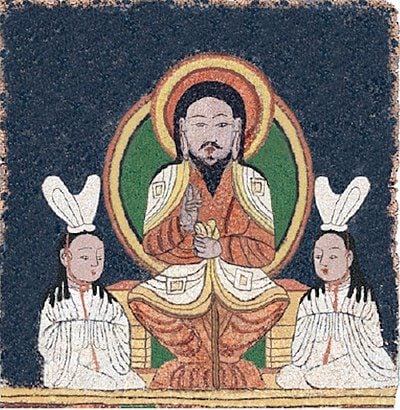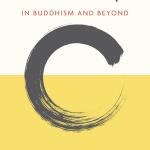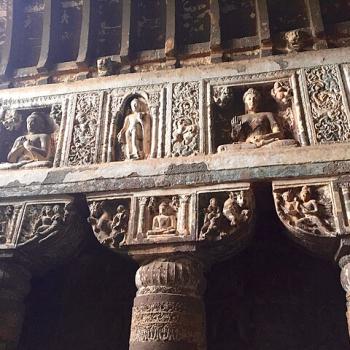 The prophet Mani died on this day, the 2nd of March in the year 274. That is unless he died on the 26th of February, in 277.
The prophet Mani died on this day, the 2nd of March in the year 274. That is unless he died on the 26th of February, in 277.
His birth name is unknown, Mani is a title, probably meaning Enlightened Lord.
He was likely born in 216 in what is now Iraq in the Babylonian district of the town Mardinu. His mother was a Parthian, possibly named Maryam. His father Patek was a member of the Elcesaites, a gnostic Jewish Christian sect.
At twelve and then again at twenty-four Mani had a series of visions, calling him to preach a new gospel, the true message of Jesus. But before embarking on his preaching mission he traveled to what is now Afghanistan where he both preached and studied forms of Hinduism and Buddhism. As he formulated his message he drew on Christianity, Buddhism, and Zoroastrianism.
He returned home and in 242 he presented his teachings to Shapur I, the second of the Sasanian King of Kings of Iran. The emperor did not convert but he allowed him to teach and gather converts. And many seemed to find resonances in his message. After Shapur’s death and the death of his successor Hormizd I, in 274 Mani was imprisoned by King of Kings Bahram. He died while imprisoned, possibly he was crucified.
Mani called himself an apostle of Jesus. Among his other titles were Illuminator and Apostle of Light. He was also said to be the incarnation of Zoroaster, the Buddha, and Jesus. Whether he believed that or not, he did see himself as the culmination of a line of prophets starting with Adam and including Zoroaster, the Buddha, and Jesus.
His teachings, Manichaeism, were first preserved in seven books. Fragments of these documents survive. Including extensive quotations from Augustine who was a follower of Mani’s religion before converting to Christianity.
Mani’s theology was a pure dualism based in an eternal struggle between good and evil. It was possible to achieve salvation, a saving knowledge through study and asceticism. His church consisted of the elect who strictly followed the precepts of his religion, and hearers who supported the elect and hoped for a more propitious incarnation in the future where they might join the elect.
Manichaeism was evangelistic, and his message was spread to the East as far as China and to the West far into the Roman Empire. Among the converts to his religion, as noted, was the young Augustine in Hippo.
For a moment it found a lot of favorable ears. The Christian church began a vigorous defense against this competitor, supported by the might of the Roman state. The Christian church had pretty much exterminated the Manichaeans within Christendom by the sixth century, and eventually Muslims eradicated the tradition through the rest of the Middle East. The tradition survived in China until about the fourteenth century.
One of the continuing questions for students of religion is to what degree did Augustine, who would become the great doctor of the Western church, and whose thinking would define normative Christianity in the West, remain some form of crypto Manichean? From his lifetime there have been suggestions and with some writers like Julian of Eclanum, outright assertions Augustine was always in some way a Manichean. Especially in his thinking about good and evil, the idea of hell that we tend to understand today, and his hostility to sexuality. One could say the most problematic aspects of the evolved Christian message.
Now the truth is there are other sources for many of these problems. Paul, for instance. But, Augustine put Western Christianity on a course that has not yet abated. And. Well… An argument can be made we owe a lot of unpleasantness in the Christian religion flowing to us back through Augustine to Mani.
Food for thought…













